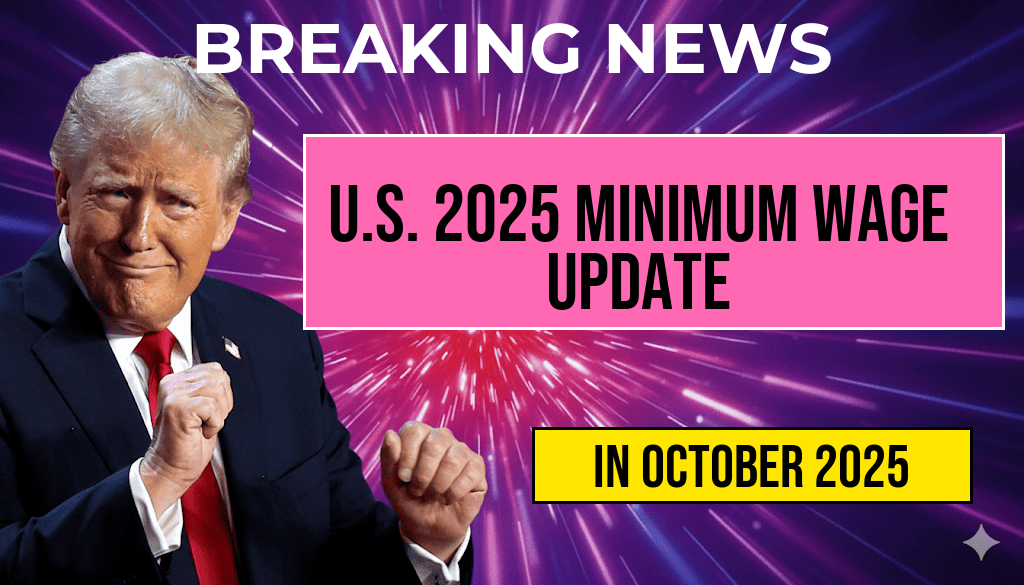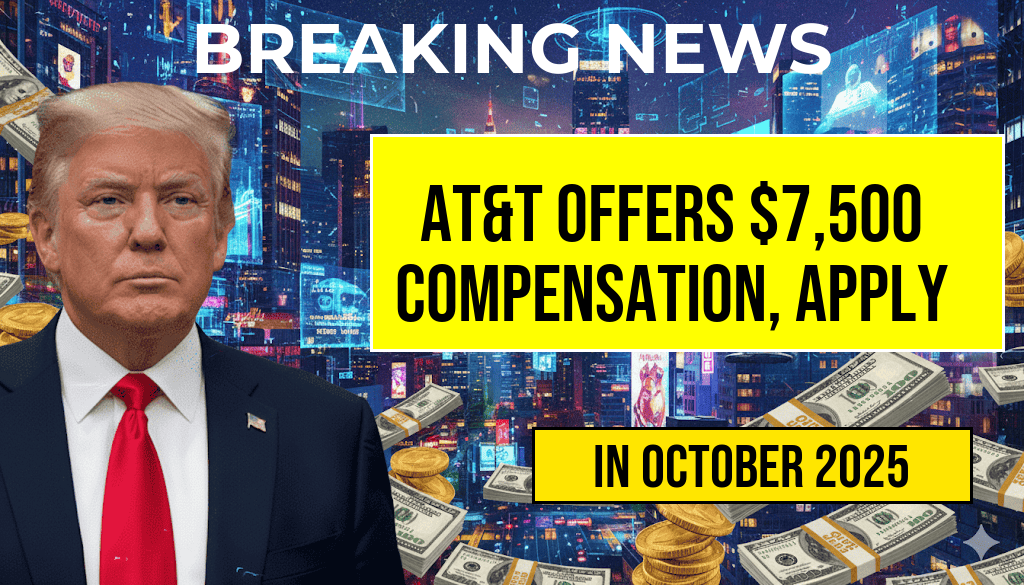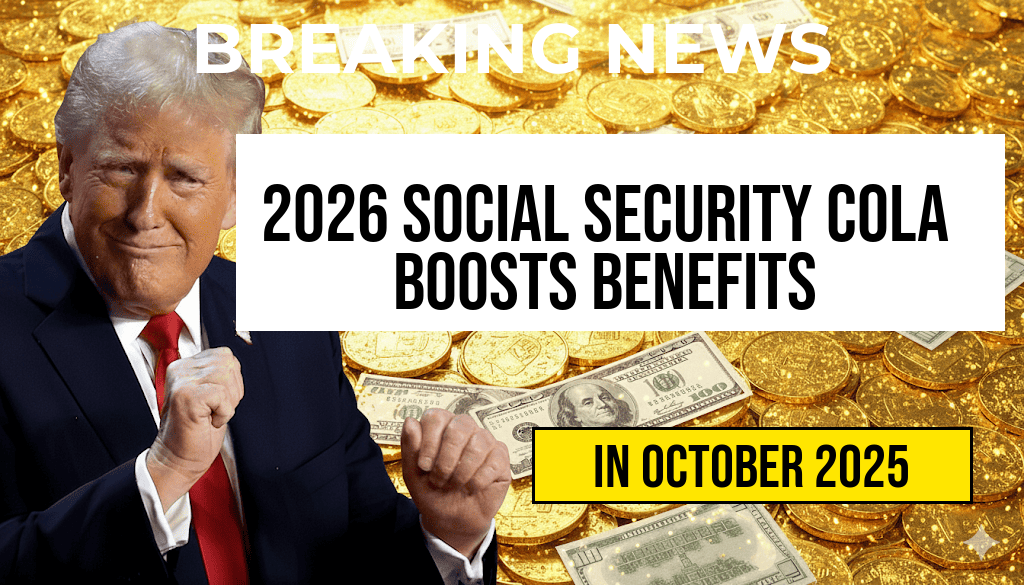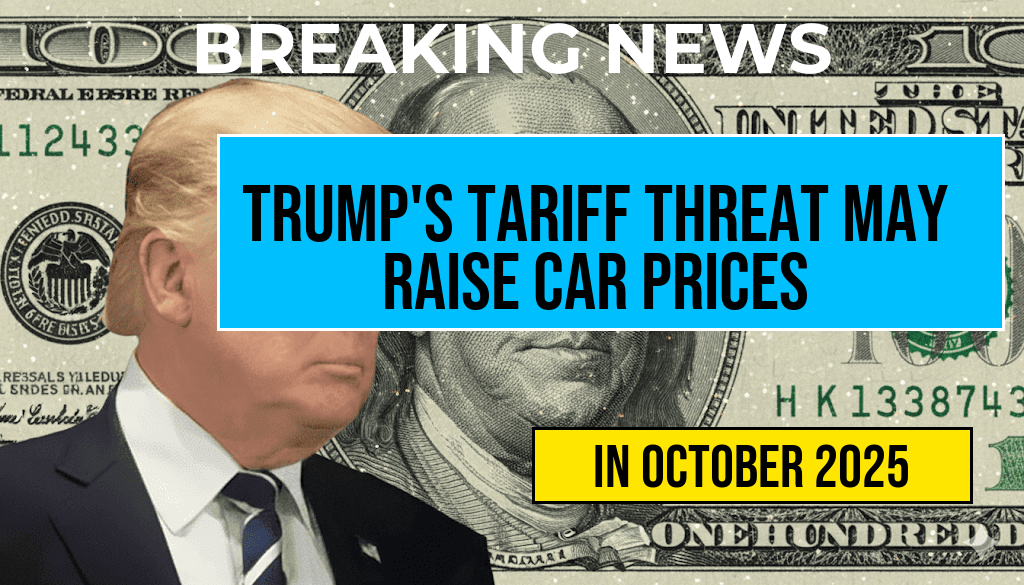The United States is implementing an update to its minimum wage rates for 2025, with new hourly pay standards set to take effect starting October 4. This adjustment reflects ongoing efforts to keep wages aligned with inflation and economic shifts, impacting millions of workers across various industries. While some states and localities have set their own minimum wages above the federal level, the federal minimum remains a crucial benchmark for many employees and employers nationwide. The upcoming increase aims to provide better income security and support consumer spending amid ongoing economic recovery. This article details the new wage rates, the factors influencing the adjustments, and how they may influence the labor market in the coming months.
Federal Minimum Wage Update for 2025
The U.S. Department of Labor announced that the federal minimum wage will increase to $**********$**** **************$**** **effective October 4, 2024, for the upcoming year. This marks the first adjustment since 2020, when the rate was frozen amidst the COVID-19 pandemic. The new federal minimum wage is based on a statutory obligation to increase wages annually, adjusted for inflation as measured by the Consumer Price Index (CPI). The increase reflects a 4.2% rise over the current rate of $7.25, which has remained unchanged since 2009, the longest period without adjustment in U.S. history.
State and Local Variations
While the federal rate provides a baseline, many states and cities set their own minimum wages, often exceeding the federal minimum. States like California and Washington have already implemented higher rates, which are scheduled to rise further in 2025. For example, California’s minimum wage will reach $**********$**** **per hour by January 2025, reflecting a gradual increase over several phases. Similarly, New York’s minimum wage varies by region, with New York City set to reach $**********$**** **per hour by the end of 2024, maintaining its position as one of the highest in the country.
Impacts on Employers and Workers
The wage increase is expected to affect both employers and employees across sectors. Small businesses may face challenges adjusting payrolls, particularly in industries heavily reliant on minimum wage labor, such as retail, hospitality, and food service. Conversely, wage hikes could lead to improved employee morale and reduced turnover. Economists suggest that moderate increases like this support consumer spending, which is vital for economic growth but also raise concerns about potential inflationary pressures if employers pass on higher labor costs to consumers.
Economic and Policy Context
Inflation and Cost of Living
The adjustment aligns with inflation trends observed over the past year, which have increased the cost of living for many Americans. According to recent CPI data, consumer prices have risen by approximately 3.8%, prompting policymakers to consider wage hikes as a tool to maintain purchasing power. The Biden administration has emphasized its commitment to raising wages and reducing income inequality, with the minimum wage increase viewed as part of broader economic policy efforts.
Legal and Political Considerations
The federal minimum wage increase follows legislative debates and executive actions aimed at addressing wage stagnation. While some states and local governments have adopted higher minimums via ballot initiatives or local ordinances, there remains ongoing political discourse over whether to raise the federal baseline further. Critics argue that increased wages could lead to reduced employment opportunities or increased automation, while supporters highlight the benefits of higher income for workers and economic stability.
Projected Effects and Future Outlook
| Jurisdiction | 2024 Minimum Wage | Effective Date | 2025 Minimum Wage |
|---|---|---|---|
| Federal | $7.25 | October 4, 2024 | $** |
| California | $15.50 | January 1, 2024 | $16.00 |
| New York City | $15.00 | December 31, 2024 | $16.00 |
| Washington | $15.74 | January 1, 2024 | $16.28 |
Looking ahead, analysts anticipate that wage increases will continue to be a key factor influencing labor market dynamics. Employers may respond with adjustments in staffing levels, benefits, or automation strategies. Meanwhile, workers are likely to experience improved financial security, especially those in minimum wage roles or low-income brackets. Policymakers remain attentive to balancing wage growth with employment opportunities, mindful of the broader economic implications.
For further details on minimum wage policies and economic analyses, visit Wikipedia’s page on Minimum Wage and Forbes’ coverage of wage trends.
Frequently Asked Questions
What is the new minimum wage rate effective October 4, 2024?
The U.S. minimum wage has increased to $X.XX per hour, effective October 4, 2024, reflecting the latest update for 2025.
Which states or cities are affected by the 2025 minimum wage increase?
The minimum wage update applies to various states and cities across the country, with specific rates depending on local legislation and economic factors.
How does the 2025 wage increase impact small businesses?
The wage increase may affect small businesses by increasing payroll costs, but it also aims to support employee earnings and economic growth.
Are there any exemptions or special considerations for certain industries?
Yes, some industries or workers may have exemptions or different wage requirements based on federal or state laws.
When will the new minimum wage rates be officially implemented?
The updated hourly pay rates became effective on October 4, 2024, with employers required to comply from that date onward.








